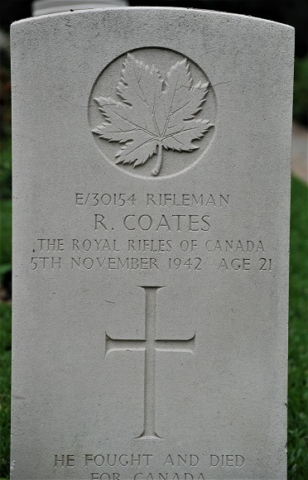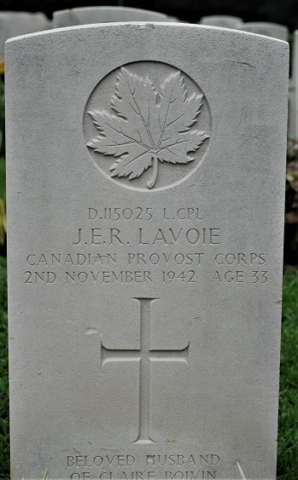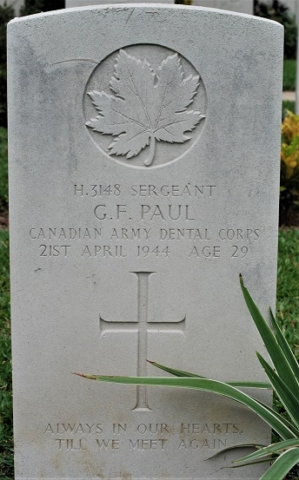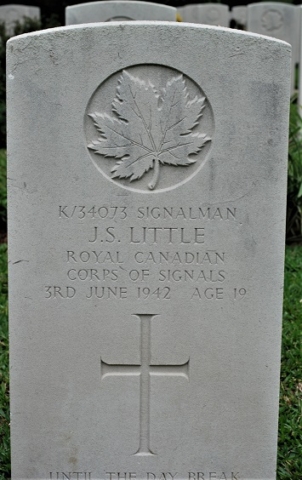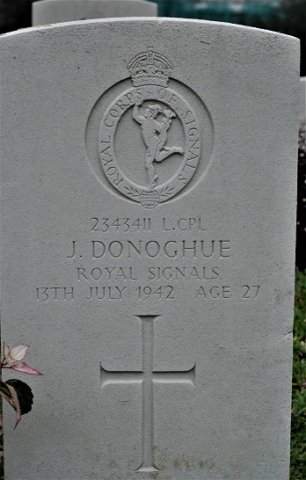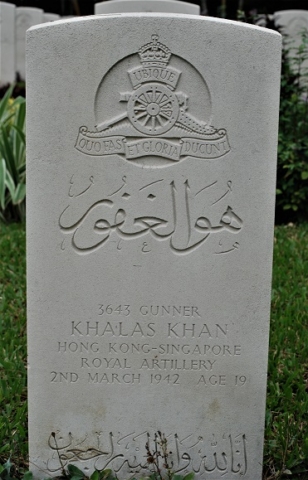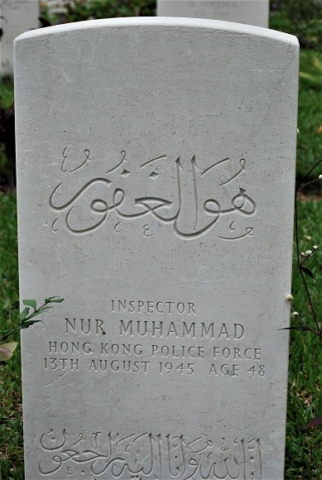This is the end of my battlefield tour of northern Europe for 2019. I have now visited most of the Canadian War Cemeteries worldwide, although there are still many that I have not yet seen.
Caserta Italy
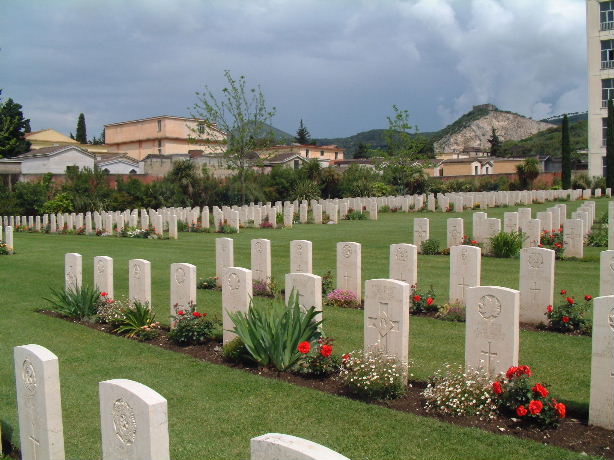
The Allies invaded mainland Italy on 3 September 1943. The Caserta War Cemetery contains 768 graves of soldiers from the United Kingdom and the British Commonwealth.
Caserta is located 40 km north of Naples. You can get there by train.
Sai Wan War Cemetery – Hong Kong

1,795 soldiers of the Royal Rifles of Canada from Quebec City and the Winnipeg Grenadiers were sent to defend Hong Kong during World War II.
Hong Kong was invaded by the Japanese on 7 December 1941, the same day they attacked Pearl Harbor. The Allies held against overwhelming odds until Christmas Day. 290 Canadians were killed and 493 wounded. The remainder were taken prisoner where they worked 12 hours per day at hard labour on minimum rations. A further 264 Canadians died from this brutal treatment, torture and lack of medical facilities.
Massacres
There are documented cases of more than 300 people being executed by the Japanese in Hong Kong after they surrendered. This includes about 140 captured soldiers and 30 civilians. Patients were bayoneted in their hospital beds, and medics and patients were dragged from ambulances and shot.
The Canadian Memorial
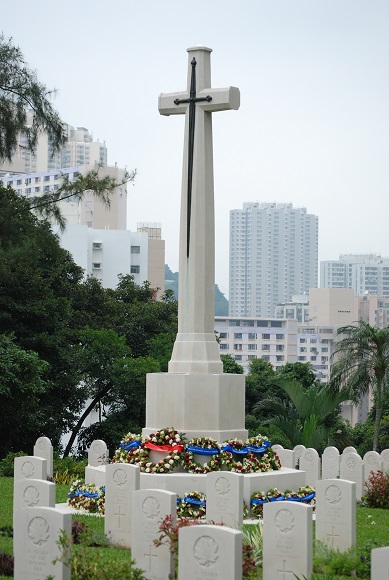
The Canadian Memorial at Sai Wan in Hong Kong. There are graves from many countries at Sai Wan. The Canadian graves are grouped around this cross.

Brigadier Lawson, the commander of the Canadian Forces in Hong Kong, from the Royal Canadian Regiment, was killed in battle.
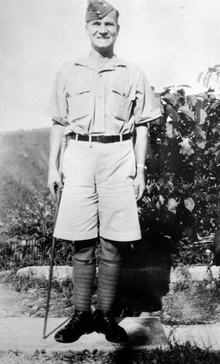
Company Sergeant Major Robert Osborne was posthumously awarded the Victoria Cross for his actions during the Battle of Hong Kong. When several grenades were thrown into his trench, he picked them up and threw them back. However, he could not get them all in time. So he covered the others with his body, killing him instantly and saving the lives of the other men in the trench. He has no grave. His name is inscribed on the wall at Sai Wan.
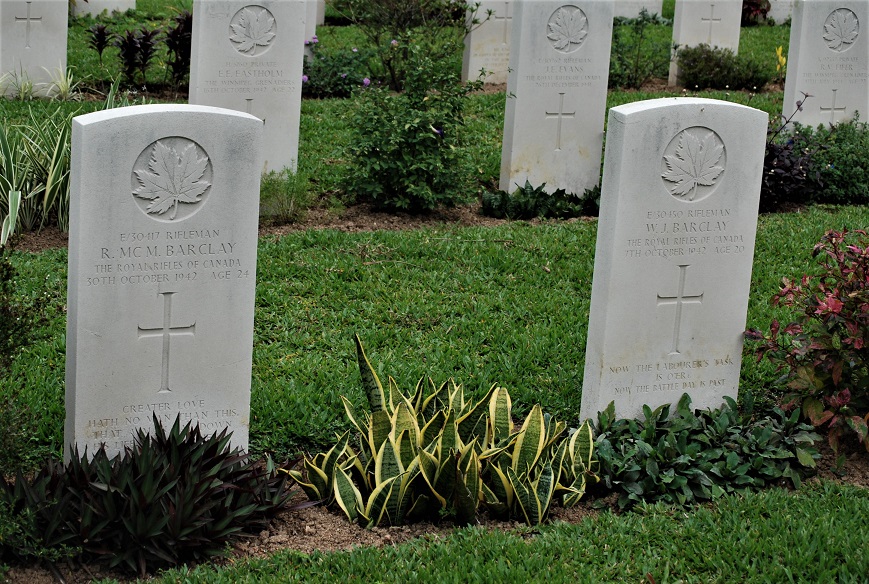
There are several sets of brothers buried in Hong Kong.
Most Canadian Soldiers came from the Winnipeg Grenadiers (now disbanded) and the Royal Rifles of Canada (from Quebec City, now disbanded). These two regiments accounted for 1,795 of the 1,982 Canadian soldiers sent to Hong Kong. The remainder came from all army corps, as the tombstones testify. Photos above show graves of military police, the Dental Corps, the Signal Corps and the Pay Corps (I found at least three members of the Pay Corps in the cemetery). There were also clerks, members of the Service Corps (now called the Service Battalions) and others. Click the first photo to enlarge and then scroll through them.
The defenders of Hong Kong were a strange assortment of allies. There was infantry from the United Kingdom (3,652), Canada, India (2,254), and the Netherlands (including one Dutch soldier who was born in 1895. Brigadier Lawson was born in 1896.) Other defenders included the Hong Kong & Singapore Artillery, the Hong Kong Police Force, and the Royal Australian Air Force. (click photos to enlarge).

You can easily get to the cemetery from central Hong Kong on the subway.
Lest We Forget
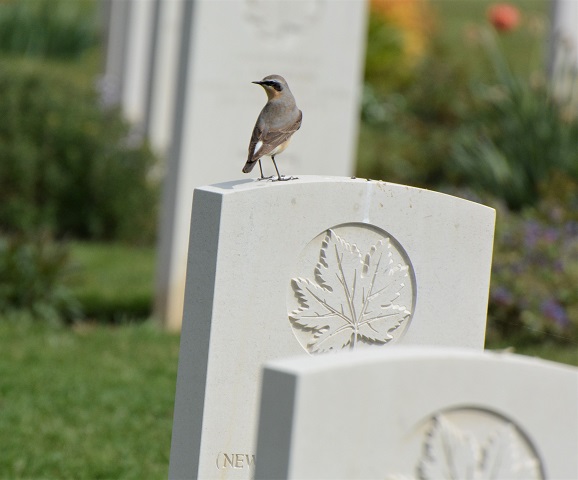
During my travels around the world, I always stop to pay my respects to Canadian and other allied soldiers who made the ultimate sacrifice to free the world of evil.
I have now visited almost all the Canadian cemeteries in Northern Europe. There are several in other countries that I would like to see, including a few more in Italy, the Yokohama Cemetery in Japan, where 137 Canadian Prisoners of War are buried, and the Basra Memorial in Iraq, where my great uncle died in the First World War. However, it is not safe to go there at the moment.

